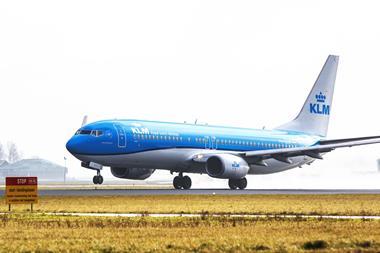None of the five largest Dutch pension funds generated positive returns during the second quarter of this year.
The best performer on a relative basis was the €389bn civil service scheme ABP, with a return of 0%. In the first six months of 2017 the fund gained 1.9%.
However, all schemes saw their funding rise by approximately 2 percentage points, as a consequence of reduced liabilities in the wake of rising interest rates.
Despite the steadily improving funding, almost all pension funds remained cautious.
Corien Wortmann-Kool, ABP’s chair, reiterated that indexation was unlikely during the next five years and said that the chance of rights cuts remained as long as coverage was short of 104.2% by 2020.
ABP closed the second quarter with a funding level of 96.3%.
The scheme’s fixed income holdings produced a 0.7% loss, with long government bonds and emerging market debt (EMD) contributing 0.8% and -3.8%, respectively. EMD was among ABP’s best-performing allocations last year.
It said developed markets equity lost 2%, while emerging markets equity generated a 0.2% profit. Private equity and infrastructure yielded positive results of 0.6% and 1.9%, respectively.
On commodities, however, ABP lost 10.6%, due to falling oil prices. It also reported negative results on hedge funds (-5.8%) and property (-1%).
The scheme’s combined interest and inflation hedge came at the expense of 0.3 percentage point of its overall return. In contrast, its currency hedge contributed 1.8 percentage point.
PFZW hit by debt and commodity losses
The €186bn healthcare scheme PFZW posted a quarterly loss of 0.8%, meaning it lost 0.3% over the first half of the year. Its funding, nevertheless, rose by 1.9 percentage points to 94.2%.
The scheme reported positive results from private equity (0.8%), infrastructure (0.5%), government bonds (0.1%), inflation-linked bonds (3.6%) and residential mortgages (0.5%).
In contrast, equity (-2.4%), property (-2.7%), credit and high yield (-2.3%), local currency-denominated EMD (-3%) and commodities (-9.7%) all ended up in the red.
PFZW’s interest rate and currency hedges contributed 0.9 percentage points to its overall quarterly result.
PMT, PME register second quarter losses
PMT, the €67bn sector scheme for metalworking and mechanical engineering, said its funding had improved to 96.6%, despite a 0.6% quarterly loss on investments.
The coverage of PME, the pension fund for the metal and electro-technical engineering industry, rose to 95.9%.
Despite positive results on equity (0.9%) and property (2.3%), PME also incurred a 0.6% loss and saw its assets drop by €400m to €45bn.
BpfBouw, the €54bn scheme for the building sector, said almost all its asset classes had performed negatively.
The only exception was its property allocation, which returned 1%, in particular due to the scheme’s investments in Dutch residential property and hotels as well as its holdings in the Asia Pacific region.
With a funding of more than 110%, BpfBouw remains in the best financial shape of the five largest schemes.












No comments yet